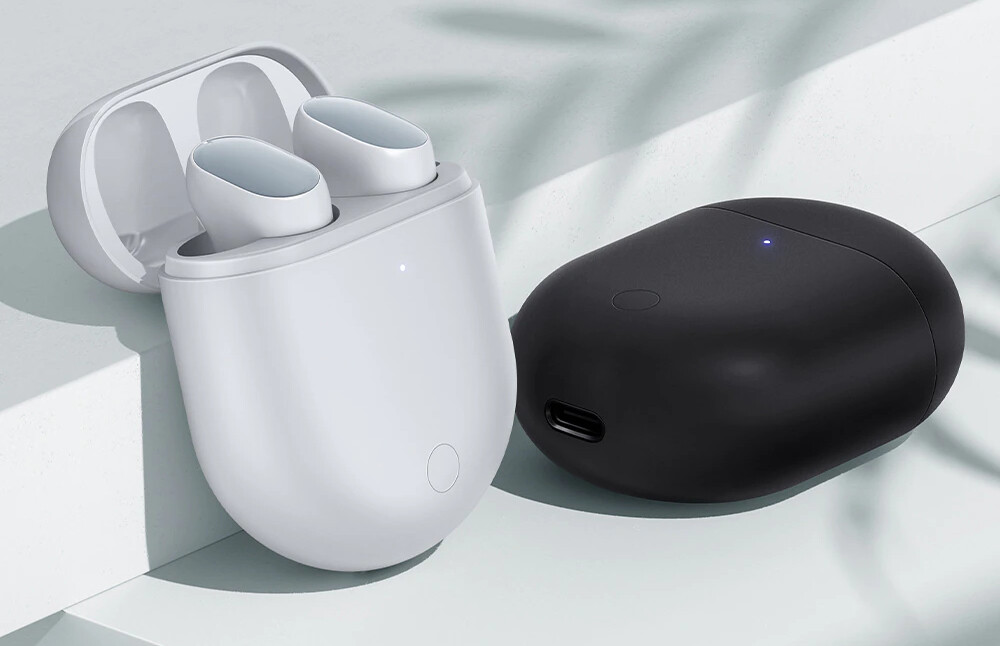Bluetooth 5.2 is the latest version of the technology, with interesting features for those who want to invest in more updated devices. The main improvement is in the so-called LE Audio (Low Energy Audio) that can change the way we listen to music on wireless devices. In addition to consuming less power, it will be possible to connect more devices simultaneously and in a much more stable way than in previous versions.
Released in December 2019, Bluetooth 5.2 is still in the minority among products sold around the world – and exclusive to premium categories. For the improvements it promises, it may only be a matter of time before it completely dominates the market. Learn more about this technology below:
Bluetooth 5.0, 5.1 and 5.2
Released in December 2016, Bluetooth version 5 was a considerable leap forward compared to version 4.2. The range increased from 50 m to up to 240 m and the speed doubled from 1 Mbps to 2 Mbps. In addition, power consumption has become much more efficient.

The idea of Bluetooth 5 is to serve as the basis for the Internet of Things (IoT) and to allow various smart devices to connect, such as smart TVs, lamps, stereos, and other everyday devices. Because of its low power consumption and because it causes less interference on the wireless network, Bluetooth technology turns out to be the best option for wireless connections of this kind.
In its first update, released in January 2019, Bluetooth 5.1 gained location capability and improvements in discovery and pairing. As for version 5.2, released in December 2019, what was new was the implementation of LE Audio, a new platform for audio data to be transmitted between wireless devices.
Less Power Consumption
The main new feature of LE Audio is the introduction of the new LC3 (Low Complexity Communications Codec) codec.

Until now, traditional codecs (such as SBC) needed to occupy a large transmission band to send and receive sound data between devices. LC3, on the other hand, uses a small lower band, which is the same band used by devices with Bluetooth LE (Low Energy) technology, such as fitness wristbands. This allows the batteries in audio devices (such as headphones or speakers) to last much longer without causing a loss of quality, according to the Bluetooth SIG, which manages the technology.
With the popularization of Bluetooth 5.2, the expectation is not only that we will have devices that last longer, but also smaller gadgets. In addition, hearing aids can become smarter and help people with disabilities.
Simultaneous Connections

Another new feature in version 5.2 is the implementation of so-called Isochronous Channels (ISOC). This allows more than one device to connect to a Bluetooth source at the same time. This has existed since version 5.0, so smartphones from Samsung and Apple, for example, already have Dual Audio capabilities.
The difference now is the possibility of using the Bluetooth LE transmission range, which allows multiple devices to be connected simultaneously. For example, with it, you can pair your smartphone with several speakers around the house and play them in sync, or connect two or more wireless headphones to the same smart TV.
Speaking of headsets, ISOC technology is especially beneficial for TWS-type headsets. This is because, until now, Bluetooth connected to only one side of the headset, which then retransmits the data to the other side, possibly causing signal loss. With ISOC, both sides can connect to the device at the same time without compromising transmission quality.
More Stable Connections
Bluetooth 5.2 also features LE Power Control (LEPC), which controls the transmission power between devices. In other words, when two Bluetooth 5.2 devices are connected, they can set the transmit and receive rates to the most optimal possible. Thus, the likelihood of data loss is dramatically reduced.
In addition, it also helps to save energy. For example, if two devices are nearby, the transmission rate is automatically reduced – and thus less battery power is consumed.
Compatibility
The great advantage of Bluetooth technology is its backward compatibility with earlier versions. In other words, if you buy a Bluetooth headset 5.2, it will play normally on a smartphone with Bluetooth 4.2, and vice versa. However, the features of the latest version will not work.
Therefore, to enjoy the new features of Bluetooth 5.2 you will need the feature to be present on both the transmitter and the receiver side.
Bluetooth 5.2 Products
The market already has some products with Bluetooth 5.2. Samsung’s Galaxy Buds 2 headset is one of them. It has active noise cancellation, up to eight hours of use, and weighs only 5 grams.

Another headset that also features the technology is Xiaomi’s Redmi Buds 3 Pro. It also has active noise cancellation and its battery lasts about six hours of continuous use.
Among the smartphones sold in the market, there are still few options with Bluetooth 5.2. The Samsung Galaxy S22 and the Asus ROG Phone 5 are some of the models available, but with very high prices.
This post may contain affiliate links, which means that I may receive a commission if you make a purchase using these links. As an Amazon Associate, I earn from qualifying purchases.

